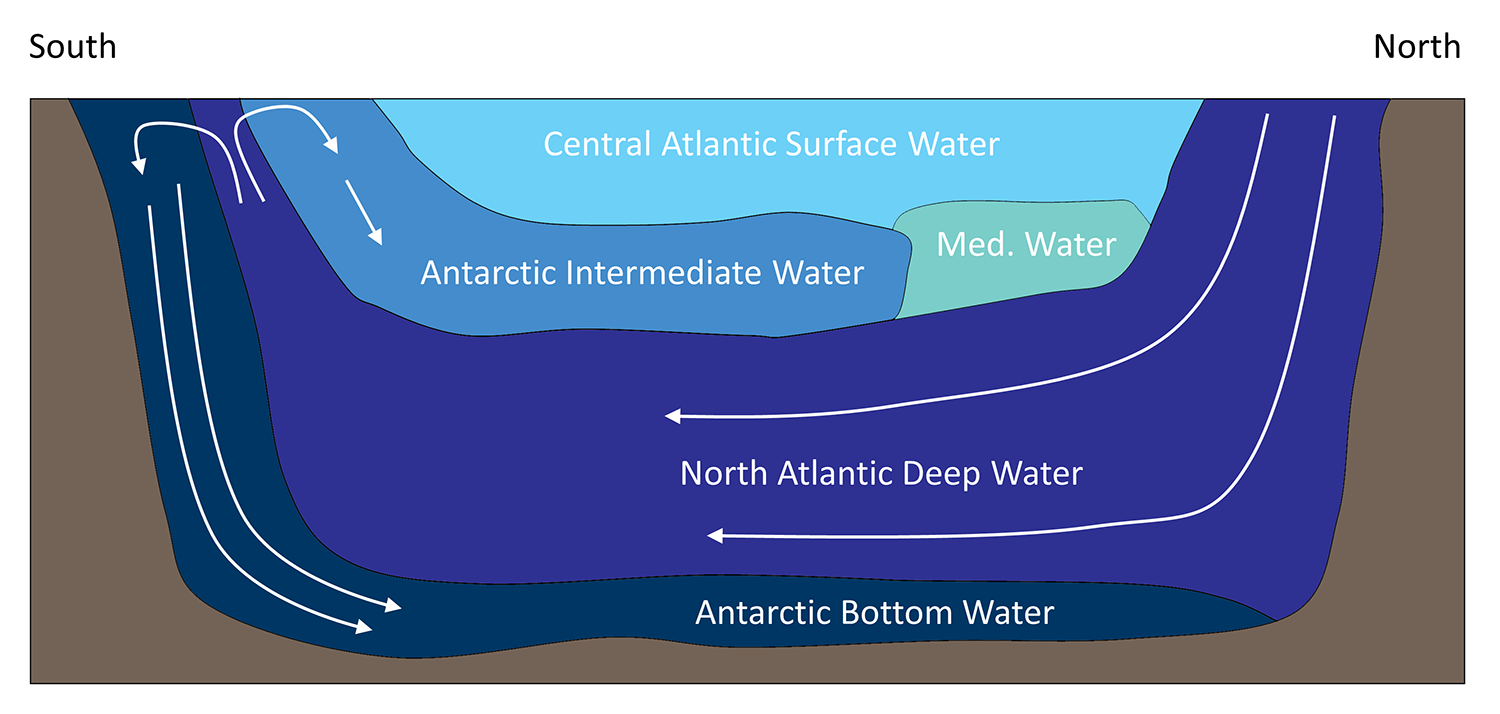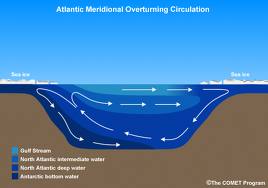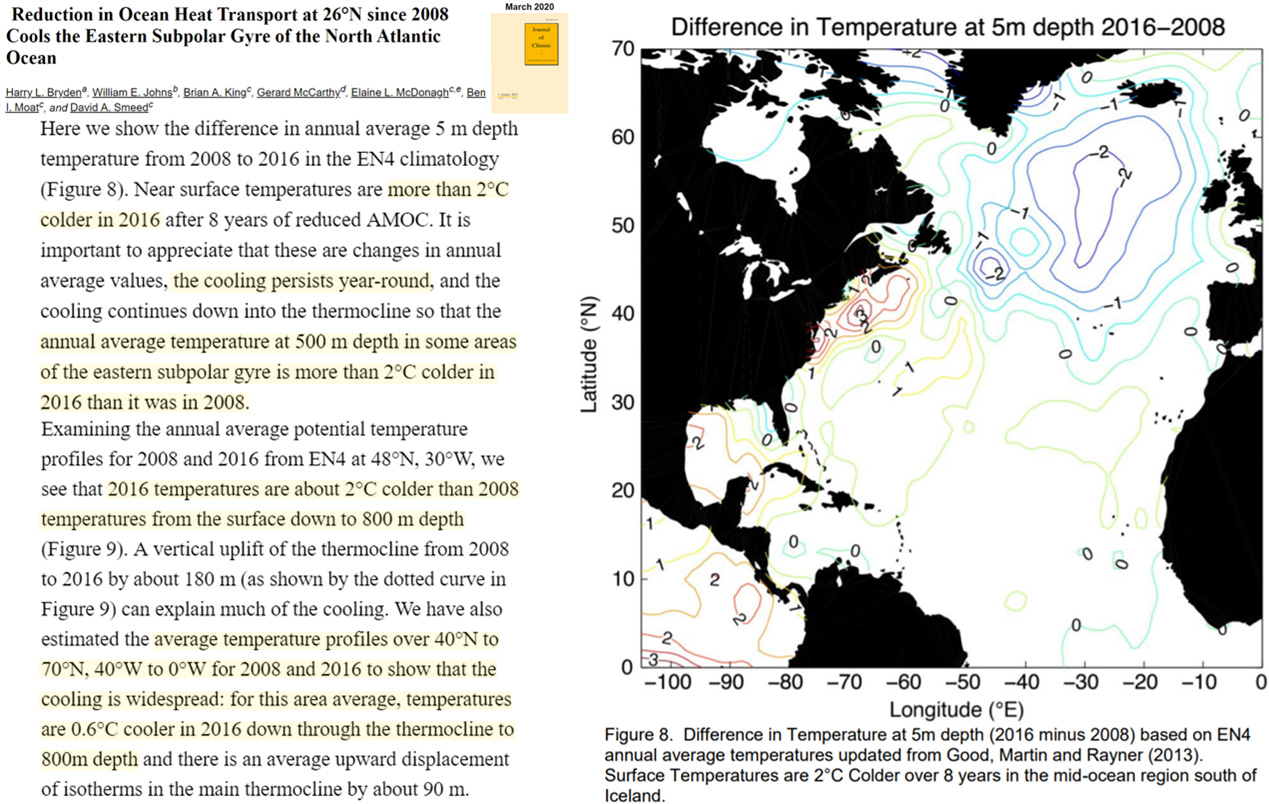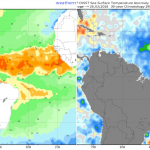It's like you have a resistance to even opening a SINGLE intro Oceanography textbook. The Gulf Stream is the surface movement which carries the heat, but that water has to cycle back which is where the Thermohaline Circulation becomes important. The Gulf Stream is
PART of the THC. This is why the world's oceanographers have concern. If you disrupt the Thermohaline Circulation you disrupt the overall heat transport system.
I had the pleasure to have actually been on a North Atlantic Research Cruise early on in my career eons ago. I was a chem tech tracking and measuring deep ocean currents. The North Atlantic Deep Western Boundary Current to be quite specific. While I was a "reluctant" oceanographer (I ran the gas chromatograph) I got to hang around with a LOT of oceanographers and got to be introduced to a much larger and complex view of the ocean's heat transport functions. More than I ever really wanted to be quite frank.
Your oversimplified view of North Atlantic heat transport is just that: oversimplified and appears to ignore the basic concepts.
. (
SOURCE) (Emphasis added)






